2025 Theme: AgAir | Aviation Solutions for agriculture
The agriculture industry plays a vital role in providing food, fuel, and fiber for the global population. It not only sustains human life but also contributes significantly to the economy of many countries. However, the industry faces several challenges, including limited resources and growing demands to reduce agriculture’s environmental impact while increasing agriculture’s climate resilience. With a growing world population, the demand for food continues to rise, putting pressure on available resources such as arable land, water, and energy. The changing climate exacerbates these challenges by leading to unpredictable weather patterns, extreme temperatures and natural disasters affecting crop yields and livestock. To ensure food security and sustainability in the face of these challenges, the agriculture industry must swiftly innovate and adapt to more efficient and resilient farming practices, embracing new technologies and promoting sustainability throughout the process.
In the 2025 Blue Skies Competition, teams will conceptualize novel aviation systems that can be applied to agriculture by 2035 or sooner with the goal of improving production, efficiency, environmental impact, and extreme weather/climate resilience. Teams are encouraged to consider high-potential technologies and systems that aren’t currently mainstream or highly regarded as becoming mainstream in the future and imagine beyond applying sensors to aviation systems.
NASA Aeronautics is dedicated to expanding its efforts to assist commercial, industry, and government partners in advancing novel aviation systems that could modernize aviation capabilities in agriculture as the industry adjusts to changes in productivity, efficiency, environmental impacts, and extreme weather/climate.
This page may take a moment to fully load.
1. Click image to enlarge Infographic.
2. Click Project Title to view Research Paper.
3. Click University Name to see Presentation Chart Deck.
“Proactive Resource Efficiency via Coordinated Imaging and Sprayer Execution (PRECISE)”
Faculty Advisor: Tanzeel Rehman
“PLAANT: Precision Land Analysis and Aerial Nitrogen Treatment”
Faculty Advisor: James Geiger
** Best Technical Paper **
“PH-LORA: Pheromonal Localized Overpopulation Regulation Aircraft”
Faculty Advisor: Dr. Mike Massimino
“Sky Shepherd: Autonomous Aerial Cattle Monitoring”
Faculty Advisor: Claudia Ehringer Lucas
“Hog Aerial Mitigation System (H.A.M.S)” Faculty Advisor: Robert Frederick
“Soil Testing and Plant Leaf Extraction Drone (STaPLE)“
Faculty Advisor: Todd Letcher
** First Place **
NASA Feature Story Coverage:
Other Coverage:
- Engineering Students Revolutionize Cattle Farming with Award-winning Drone Technology
- SDSU Takes Home Big Win in NASA Competition
- SDSU Engineering Students Win NASA Contest that Helps Farmers with Precision Agriculture
- Buzzing Toward the Future: UC Davis Team Rethinks Pollination with RoboBees
- Drone System for Managing the Herd Takes Eagle Team to NASA’s Blue Skies Competition Finals
- SDSU Claims NASA Blue Skies Victory
- SDSU Sending 3 Student Teams to NASA Finals
- UTulsa Team Named NASA Gateway to Blue Skies Finalist
- SDSU Engineering Students Qualify For NASA National Competition
- Auburn Biosystems Engineering Team Named Finalist in NASA Agricultural Competition

NASA’s Langley Research Center









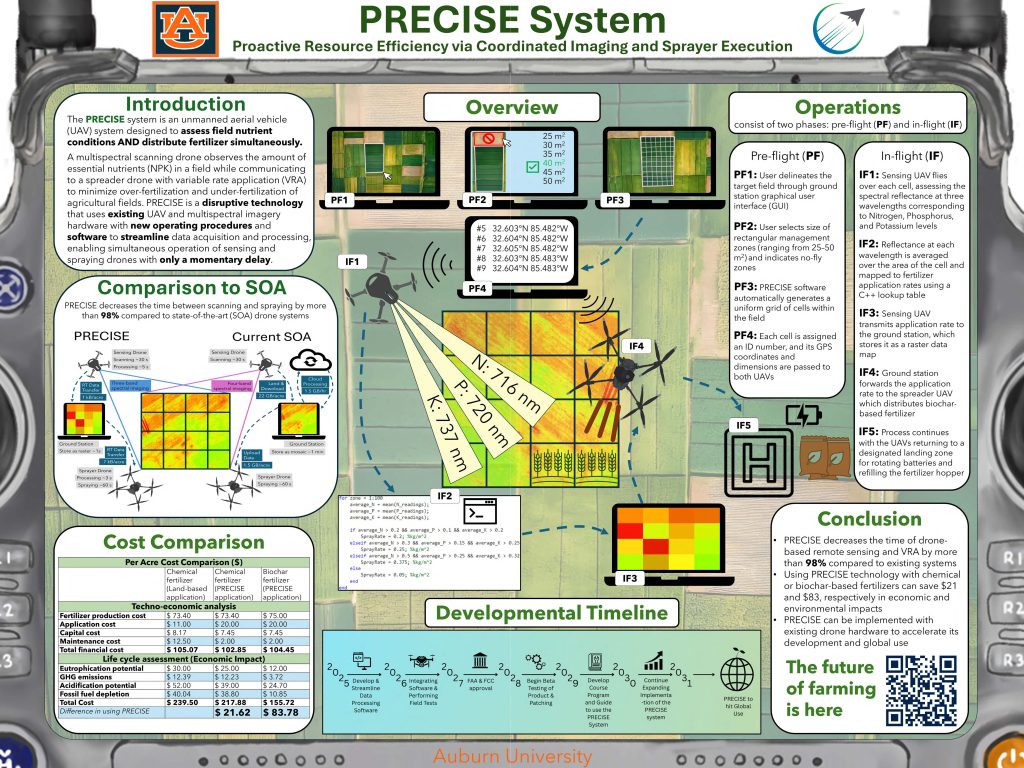
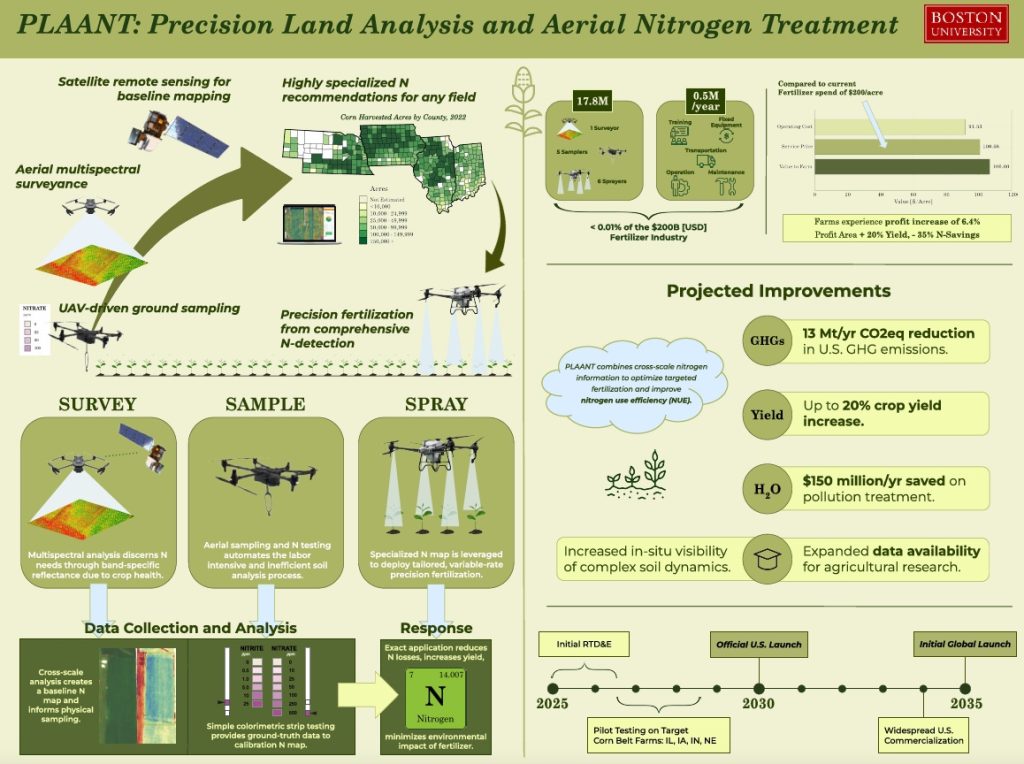
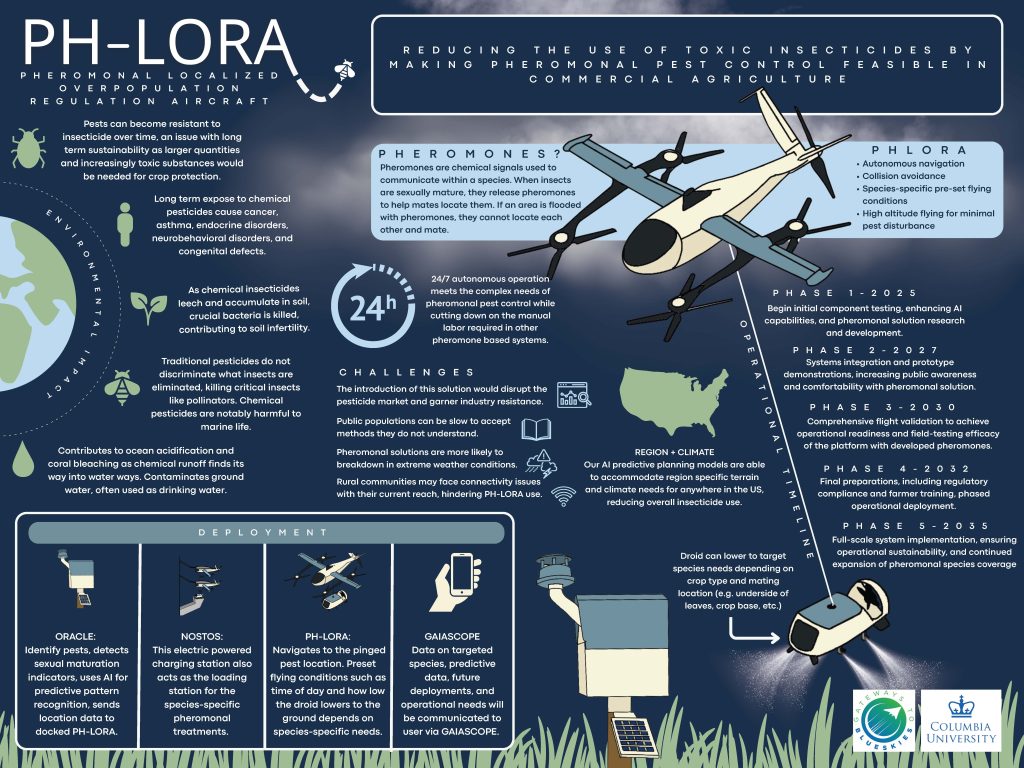
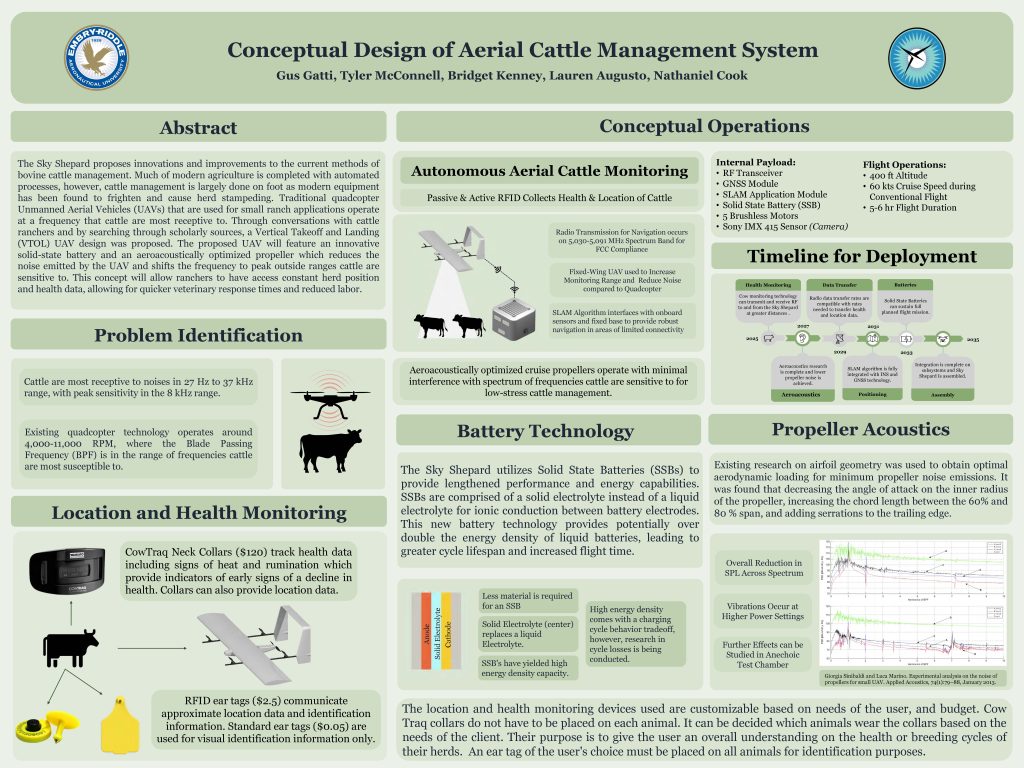
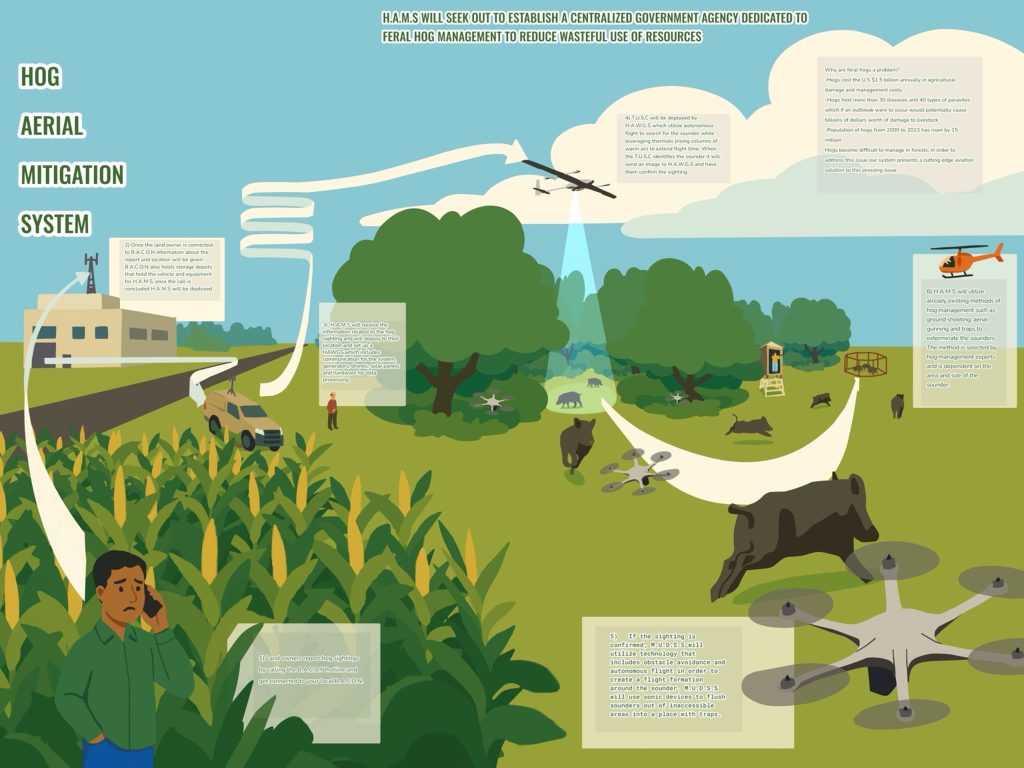
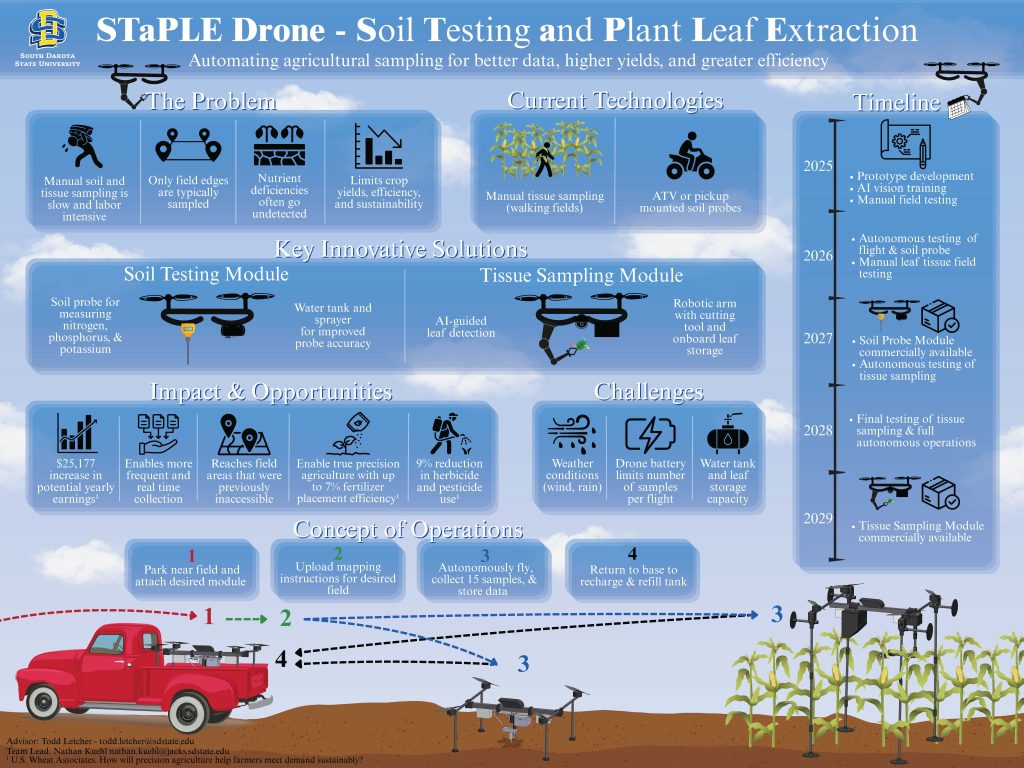
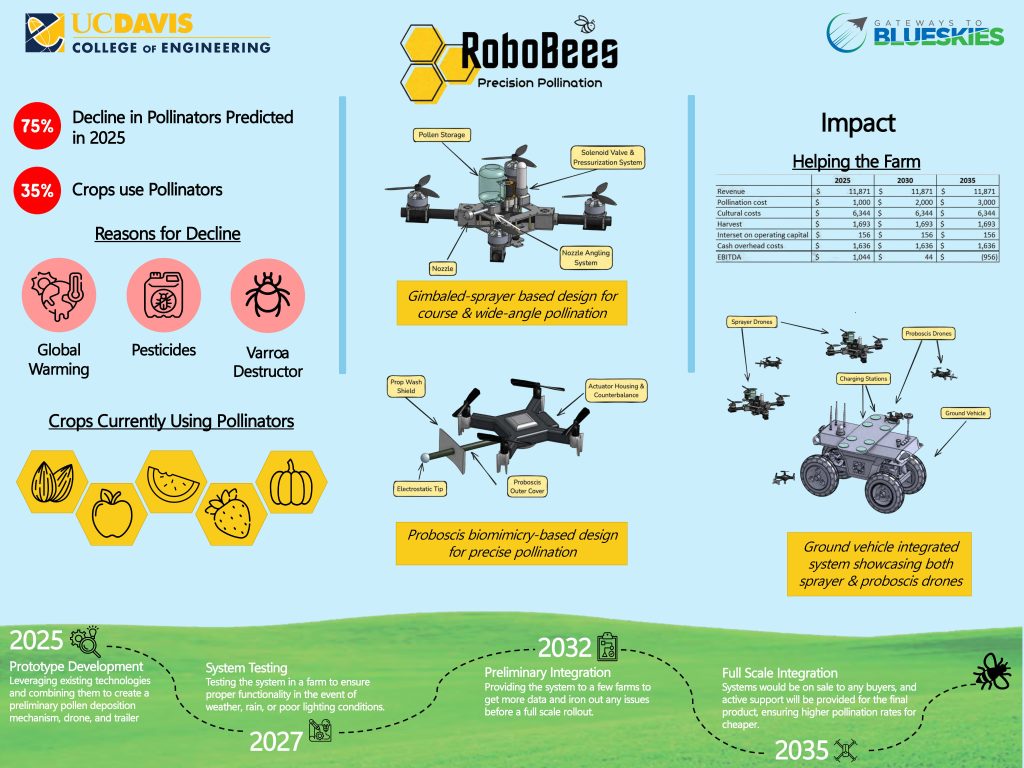
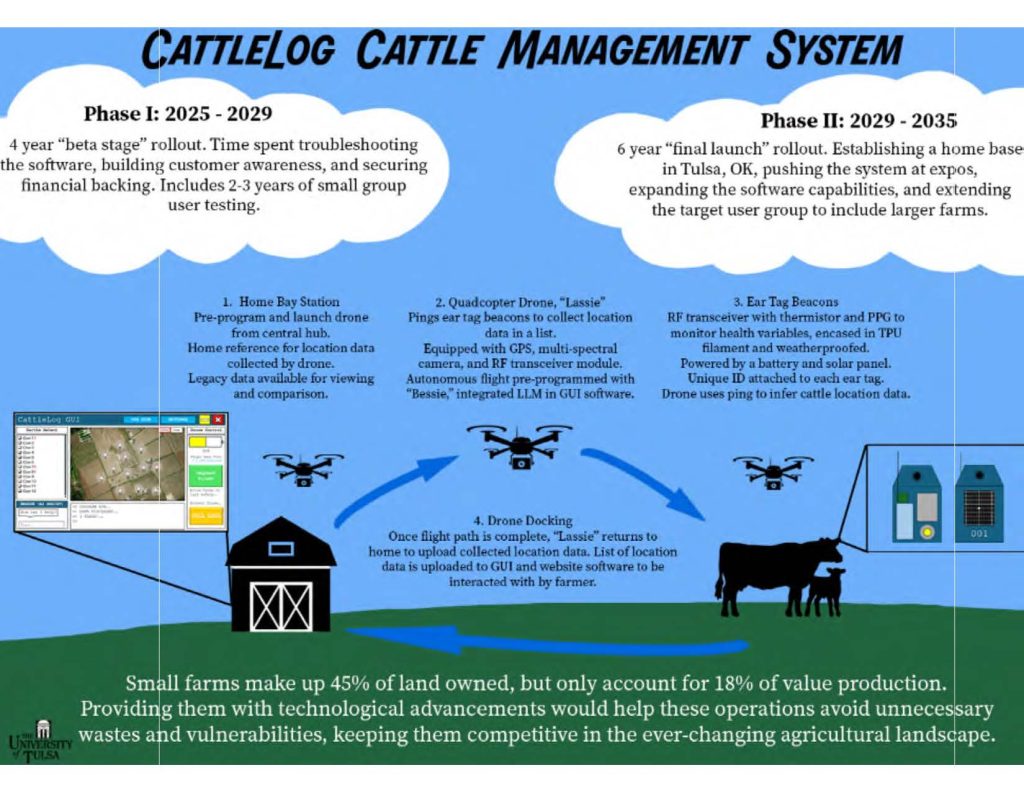
 Dan Martin
Dan Martin Cordelia Hiers-Brady
Cordelia Hiers-Brady Shawn Engelland
Shawn Engelland George Burba
George Burba CJ Bixby
CJ Bixby
 Jay Stalnacker
Jay Stalnacker Charles Sheehe
Charles Sheehe Travis Potter
Travis Potter Amy McCluskey
Amy McCluskey Dr. Shanna McClain
Dr. Shanna McClain Peggy Cornell
Peggy Cornell Matthew Boucher
Matthew Boucher Susan Bayley
Susan Bayley Dr. Marcus Johnson
Dr. Marcus Johnson Genevieve Ebarle
Genevieve Ebarle Stacy Dees
Stacy Dees Shelley Spears
Shelley Spears Janice Kurbjun Miller
Janice Kurbjun Miller Mina Cappuccio
Mina Cappuccio Craig Nickol
Craig Nickol Jeanne Yu
Jeanne Yu Devin Pugh-Thomas
Devin Pugh-Thomas Mani Gavvalapalli
Mani Gavvalapalli Phil Kenul
Phil Kenul Koushik Datta
Koushik Datta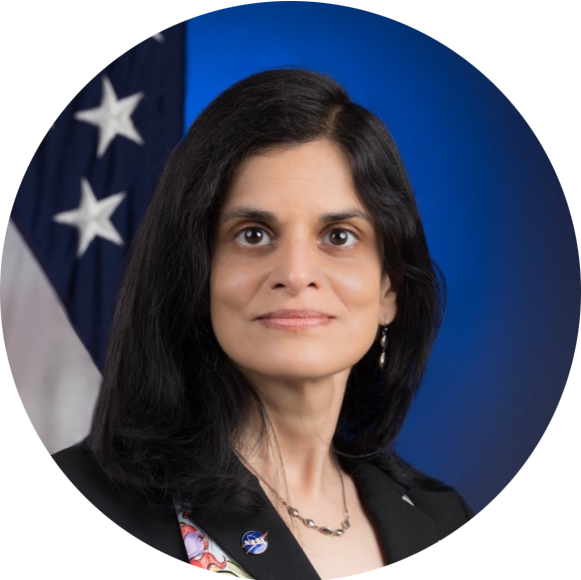 Dr. Natasha Neogi
Dr. Natasha Neogi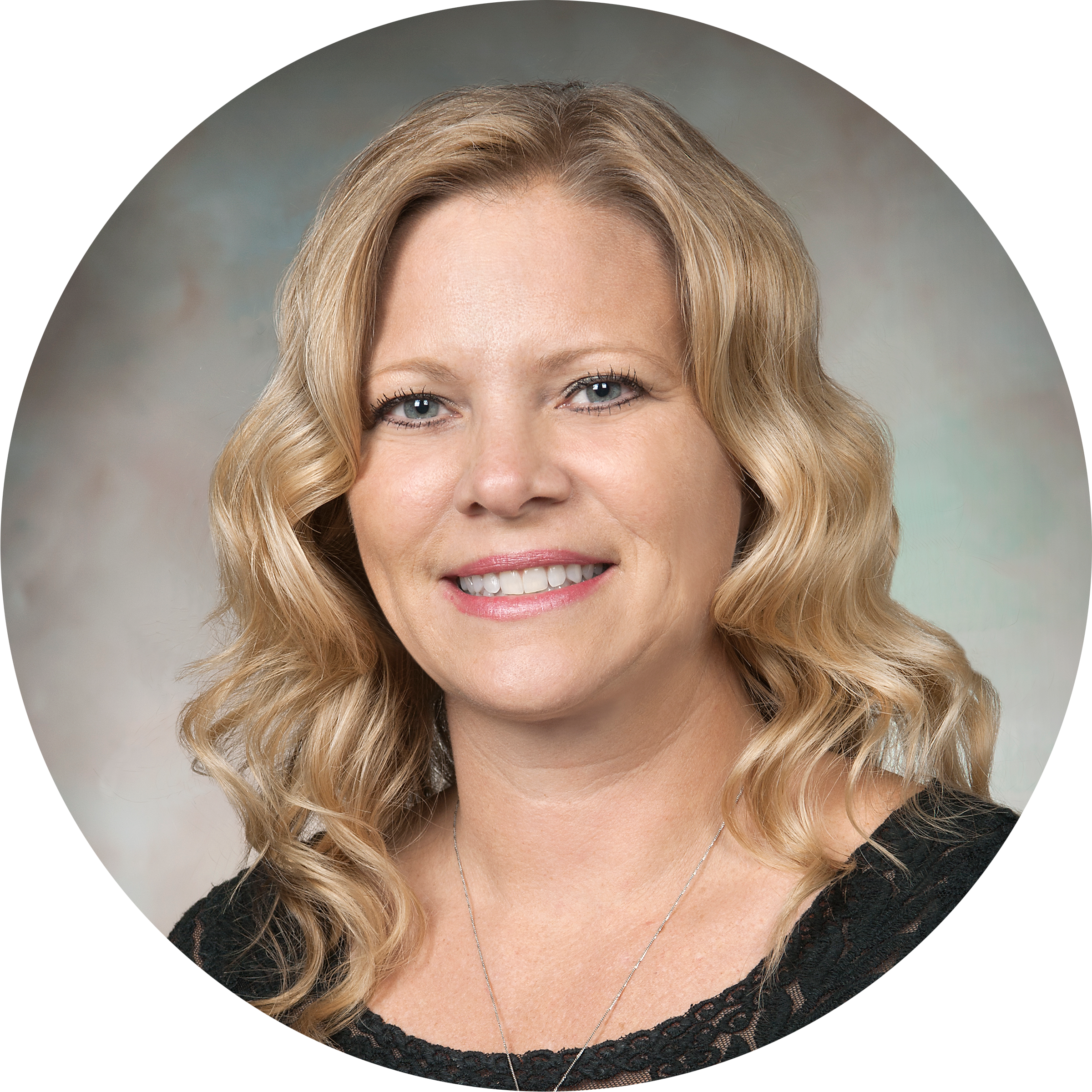 Starr Ginn
Starr Ginn Steven Holz
Steven Holz Andrew Provenza
Andrew Provenza